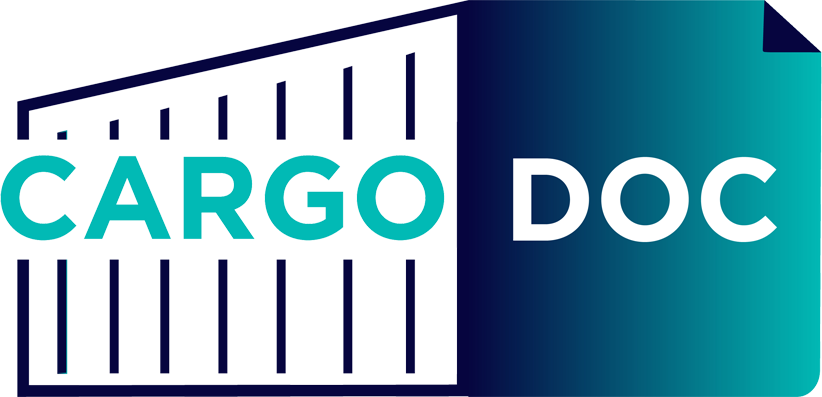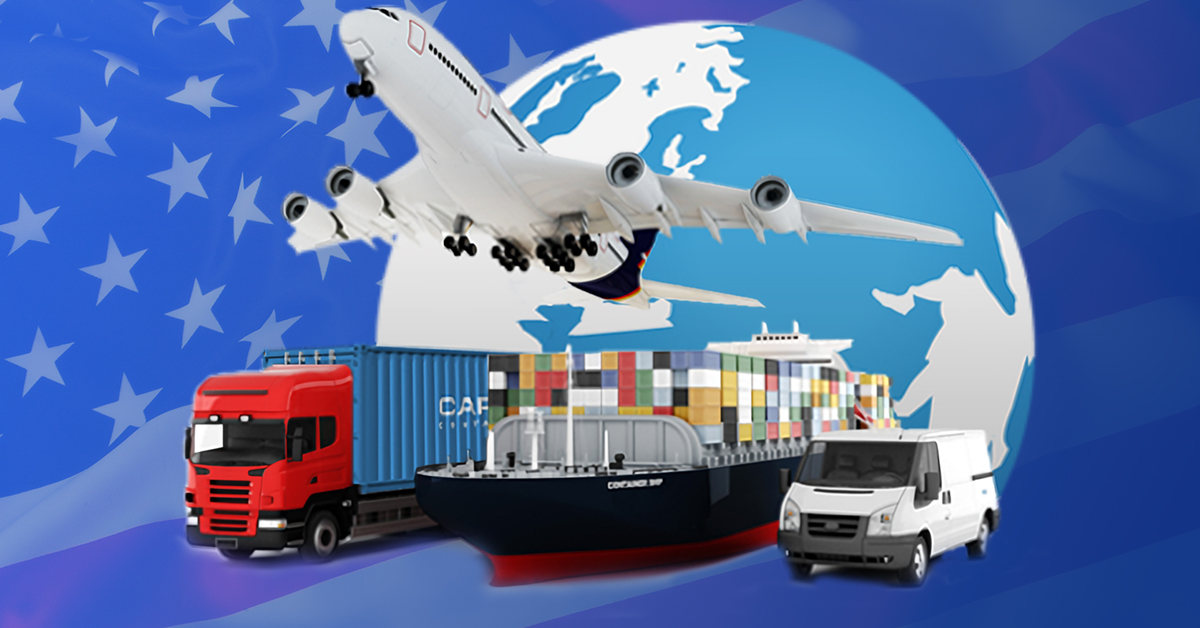With the COVID 19 pandemic continuing to affect the supply chain, the U.S. freight forwarding industry welcomes another new year with a new set of challenges. However, the industry experts have predicted some challenges and opportunities 2022 will bring for freight forwarders.
1. Labour shortages and skill gap
The pandemic has driven many consumers around the world to adapt to e-commerce which has drastically increased the demand of the supply chain more than the industry could handle. This has resulted in an employee shortage in the logistics and supply chain industry in the US. The pandemic has also directly affected the availability of staff, especially considering the COVID 19 safety measures.
Companies in the US are facing Great Attrition while the competition for labour is constantly increasing. McKinsey has reported more than 19 million US workers have left their jobs since April 2021. It has further stated that employees are focusing more on the human aspects of the workplace. This is largely due to the increasing awareness of physical and mental health caused by the pandemic.
According to KPMG, the technological advancement due to the pandemic has led to the supply chain becoming more complex. This has further worsened the labour mismatch. It is evident that along with technological advancements finding quality skills is crucial to ensure operations are run smoothly.
2.Demand to keep increasing
As stated above, with the pandemic the demand for online services has increased drastically and is expected to keep rising. Customers around the world now expect a faster delivery time putting pressure on businesses to ensure customers’ goods are received on time. Customers also value real-time data, where they expect to see where their shipments are and know when exactly they’ll get their shipments.
With the labour shortages and the new Omricon variant, there is a major impact on logistics operations and freight forwarders are to keep expecting delays in shipment. Most freight forwarders can’t handle the demand and the supply chain is in bottlenecks. Facilities of ports are full with unloaded cargo taking space increasing the anchoring time of cargo vessels.
3.Logistics and supply chain costs to keep increasing
Due to the increase in the demand for e-commerce, currently, port congestions are happening worldwide. Most containers depots have met their capacity and cannot meet the demand for the oncoming containers. This has created delays in ports all around the world.
The slowdown in operations has resulted in freight rates to keep increasing well into 2022. Two of the biggest ports of the US, Los Angeles port and the long beach port has been congested due to the lack of trucks and the surge of shipments coming in. Port officials have decided to implement a new empty fee which is yet to be approved and to take effect on January 30, 2022. The new empty fee will charge ocean carriers $100 for every empty container dwelling for 9 days and increments of $100 per container per day until the containers leave the terminal will be implemented.
As per Forbes, the Freightos Baltic Index, costs currently stands at an average of $10,321 per 40-foot container. In 2020, the same container only cost exporters $2,231, which is about four-and-a-half times less.
China’s Lunar New Year which is at the start of February is to significantly slow down manufacturing and anticipating this, shipping prices are expected to go up.
4.Upgrading and adopting
Most experts have stated that to face these anticipated issues freight forwarders should have to adopt the technology. Adapting technology and incorporating it into the operations of businesses will enable freight forwarders to get the most from the employees.
Latest technology solutions for supply chain management will allow managing operations smoothly. Digital supply chain management solutions will improve visibility easing the supply chain management process. AI solutions enable freight forwarders to digitally track shipments via real-time data easing communication between not only employees but also with customers. This enables freight forwarders to take proactive decisions during unprecedented times.
The Biden administration outlined several initiatives aimed at addressing immediate supply-chain challenges and other disruptions affecting global commerce, a move that follows the passage of the bipartisan infrastructure bill. The $1 trillion infrastructure bill, the single largest federal investment in American history, includes $17 billion for infrastructure improvements at coastal and inland ports, waterways and ports of entry along the U.S. border.
How can CargoWise and CargoDoc help?
CargoWise is an integrated digital management solution that is used by companies operating in the logistics and supply chain industry. This software solution enables Logistics Service Providers to execute complex tasks in freight forwarding, warehousing, customs clearance, tracking, shipping, land transport, e-commerce and cross-border compliance.
Cargodoc is a smart, customized OCR solution developed to help Freight forwarders and 3PLs enter data into CargoWise accurately and swiftly. It is jointly developed by Soft Freight Logic and Deep Cognition, 2 leaders in the logistics technology industry.
The CargoDoc team has a local presence in the US and we have domain expertise in Customs of over 15 years with CargoWise Platinum Status over the last 5 years. Our team comprises more than 25 CargoWise accredited consultants. The vast domain knowledge and experience on customs, tax laws, etc, which are unique to the supply chain industry, have enabled us to create the most suitable smart OCR solution in the market for Freight forwarders and 3PLs. The decades of domain knowledge and expertise in the industry by its creators make CargoDoc the best smart OCR solution for data entry into CargoWise for freight forwarders and 3PLs.
Mail us at sales@cargodoc.ai or click here for a product demo.


